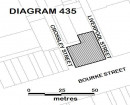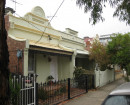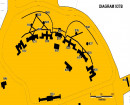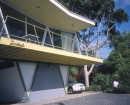MITRE TAVERN
5-9 BANK PLACE MELBOURNE, MELBOURNE CITY
-
Add to tour
You must log in to do that.
-
Share
-
Shortlist place
You must log in to do that.
- Download report
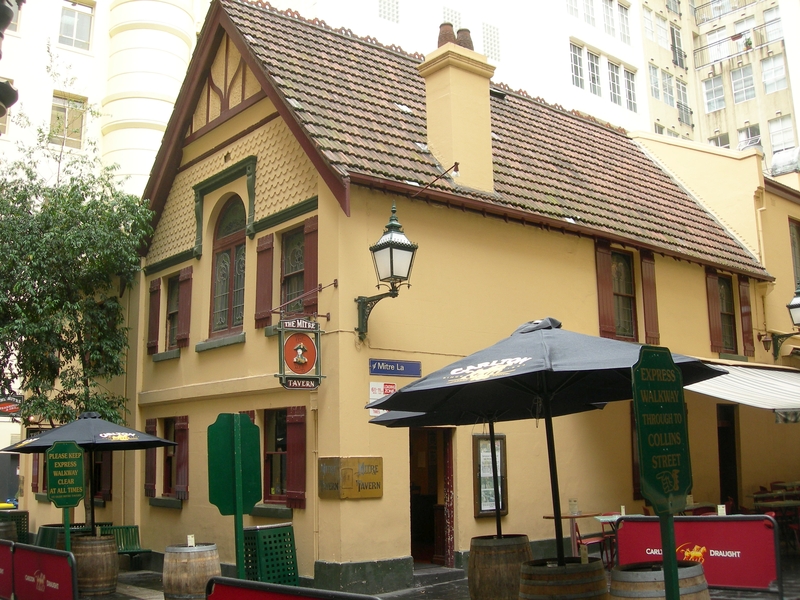

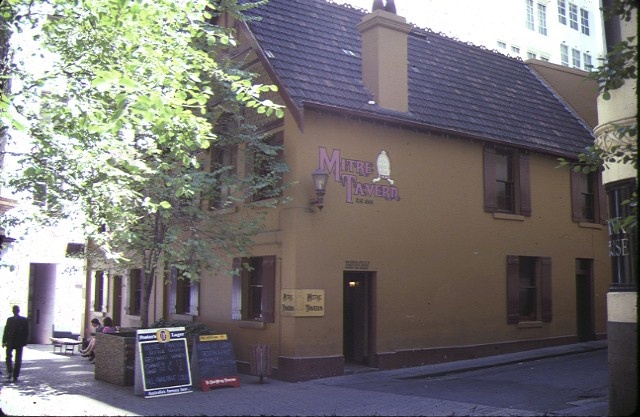
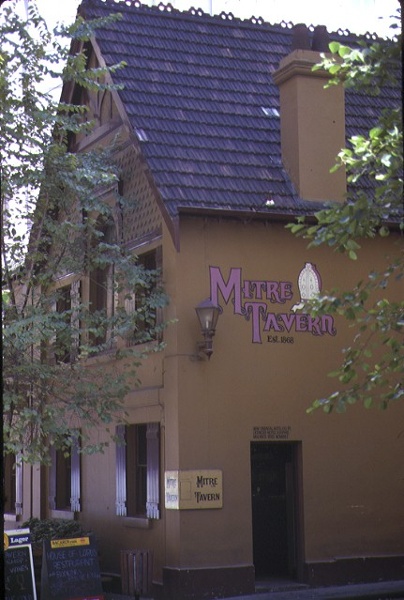
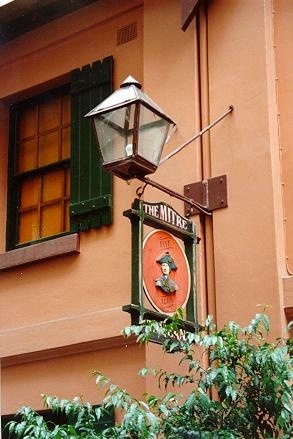
Statement of Significance
What is significant?
The Mitre Tavern at Bank Place is a two storey cement rendered brick structure on a bluestone base. The building probably dates back to pre-1850 but it was not established as the Mitre Tavern until 1867 when the first publican was Henry Thompson. In the 1870s the building is listed in rate books with between fourteen and sixteen rooms, which become eighteen rooms by 1895. This two-storey hotel has externally been altered a number of times, most significantly in the early twentieth century when it was given its faintly medieval appearance, including window shutters. Alterations also included English Queen Anne style additions into the structure, notably Marseille terra cotta tiles and the half-timbered gable ends. A brick building has been added to the western side of the Tavern. Internally there have also been many changes, often dictated by changes to the Licensing Act. For example, the Act in 1889 legislated that a separate entrance had to be provided for outside trade, as well as six rooms for public accommodation and a meal room. Substantial alterations took place in 1971 when most of the interior was removed and replaced.
How is it significant?
The Mitre Tavern is of historical and social significance to the State of Victoria.
Why is it significant?
The Mitre Tavern is historically significant as an early Melbourne hotel which has been popular amongst Melbourne's business and artistic community since the middle of the nineteenth century. In the early twentieth century it was the favourite meeting place of the T Square Club, an informal group of architects and artists. Many of the historical changes to the fabric and layout resulted from the changing demands of the Licensing Act. The building's form today is unique within the central business area of Melbourne, as an historical blend of styles, materials and fabric reflecting prevailing decorative tastes. The Mitre Tavern is socially significant as a continuing important landmark in the inner city area.
-
-
MITRE TAVERN - History
History of Place:
[An article (in the Argus?) on May 4th 1958 states that the Tavern was transported in sections from England in 1841. ]
Liquor licensing laws have made fundamental impacts on the evolution of pubs. Constant changes to the laws have dictated frequent physical alterations to the fabric of pubs to accommodate new or changing requirements of the law. The first liquor licences were issued by Lonsdale in 1836 based on the New South Wales Act of that year. Public houses had to close by 9pm and all day on Sundays. Pubs had to provide at least two sitting rooms and two public sleeping rooms. In June 1839 there were 81 licensed houses in Port Phillip. In 1854 there was a review of the law to cope with the influx of migrants during the gold rush. (what exactly?)
The major change was the 1885 Licensing Act. Licensing Benches were replaced by separate licensing courts for each licensing district presided over by police magistrates, except in Melbourne, Geelong and Sandhurst which were presided by the County Court judge. The Act also provided for a separate entrance for outside trade, six rooms for public accommodation, a meal room, public urinal, stabling for three horses and a bath and toilet for every ten lodgers. All bedrooms had to be constructed of stone, brick or plaster. The intention of the Act was to make it difficult for pubs with doubtful reputations to stay open.
Associated People:
MITRE TAVERN - Plaque Citation
Established as the Mitre Tavern in 1867, the original building may pre-date 1850 although it has been altered and extended over time. It is significant as an early Melbourne hotel favoured by the business and artistic communities.
MITRE TAVERN - Permit Exemptions
General Exemptions:General exemptions apply to all places and objects included in the Victorian Heritage Register (VHR). General exemptions have been designed to allow everyday activities, maintenance and changes to your property, which don’t harm its cultural heritage significance, to proceed without the need to obtain approvals under the Heritage Act 2017.Places of worship: In some circumstances, you can alter a place of worship to accommodate religious practices without a permit, but you must notify the Executive Director of Heritage Victoria before you start the works or activities at least 20 business days before the works or activities are to commence.Subdivision/consolidation: Permit exemptions exist for some subdivisions and consolidations. If the subdivision or consolidation is in accordance with a planning permit granted under Part 4 of the Planning and Environment Act 1987 and the application for the planning permit was referred to the Executive Director of Heritage Victoria as a determining referral authority, a permit is not required.Specific exemptions may also apply to your registered place or object. If applicable, these are listed below. Specific exemptions are tailored to the conservation and management needs of an individual registered place or object and set out works and activities that are exempt from the requirements of a permit. Specific exemptions prevail if they conflict with general exemptions. Find out more about heritage permit exemptions here.
-
-
-
-
-
FORMER ROYAL AUSTRALIAN ARMY MEDICAL CORPS TRAINING DEPOT
 Victorian Heritage Register H0717
Victorian Heritage Register H0717 -
MELBOURNE SAVAGE CLUB
 Victorian Heritage Register H0025
Victorian Heritage Register H0025 -
GENERAL POST OFFICE
 Victorian Heritage Register H0903
Victorian Heritage Register H0903
-
"1890"
 Yarra City
Yarra City -
"AMF Officers" Shed
 Moorabool Shire
Moorabool Shire -
"AQUA PROFONDA" SIGN, FITZROY POOL
 Victorian Heritage Register H1687
Victorian Heritage Register H1687
-
'The Pines' Scout Camp
 Hobsons Bay City
Hobsons Bay City -
106 Nicholson Street
 Yarra City
Yarra City -
12 Gore Street
 Yarra City
Yarra City
-
-
Images See all images










